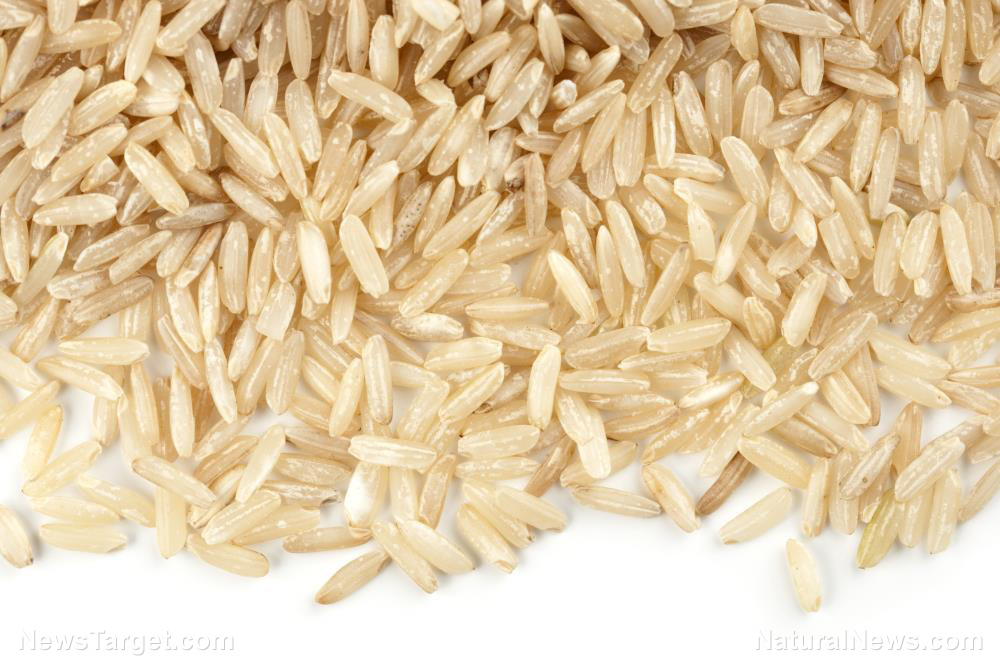 Parler
Parler Gab
Gab
Rice prices expected to stay high
Unfortunately, the situation is unlikely to improve, with the World Bank predicting that these high prices will continue well into the new year. They noted: “Rice prices will remain high into 2024, assuming India maintains its export restrictions. The outlook assumes a moderate-to-strong El Niño.” In a commodity report they published at the end of October, they declared that rice prices had already risen to their highest number for the third quarter since food crises in 2007 and 2008. Forecasts by the U.S. National Weather Service show that the northern hemisphere, which is where major rice-producing countries in Southeast Asia as well as India and China are situated, should be impacted by El Niño from April to June, which is the sowing season for rice. Another issue expected to affect the price of rice is attacks on the Red Sea by Yemen’s Houthi rebels, which could prompt India to seek alternative routes along Africa to ship basmati rice. So far, more than a dozen vessels that were believed to have some link to Israel have been attacked by the group, prompting several major shipping companies to halt their shipments through the Red Sea. An alternative route that goes around the Cape of Good Hope adds onto the journey significantly as it is 3,500 nautical miles longer, in addition to being more expensive – and that expense will be passed on to consumers. One senior official told Indian Express that this could raise the price of basmati rice exports from India by as much as 20 percent. Sources for this article include: Finance.Yahoo.com VOANews.com FirstPost.comChinese-made Teslas bound for Australia SENT BACK after discovery of biosecurity risks
By Laura Harris // Share
Chinese electric car manufacturer BYD OVERTAKES Tesla as world’s top seller of EVs
By Kevin Hughes // Share
Socialists in Argentina PROTEST against Milei’s proposed austerity measures
By Laura Harris // Share
Why 2024 will be “the year of chaos”
By News Editors // Share
Governments continue to obscure COVID-19 vaccine data amid rising concerns over excess deaths
By patricklewis // Share
Tech giant Microsoft backs EXTINCTION with its support of carbon capture programs
By ramontomeydw // Share
Germany to resume arms exports to Israel despite repeated ceasefire violations
By isabelle // Share










